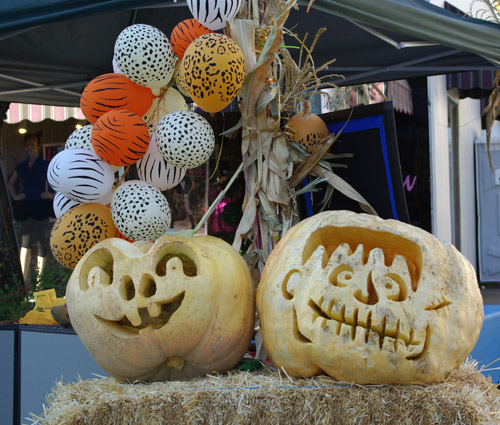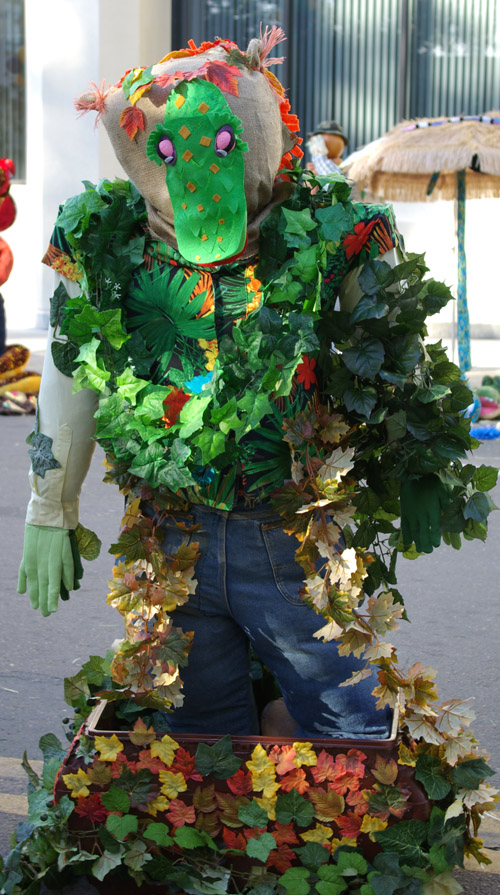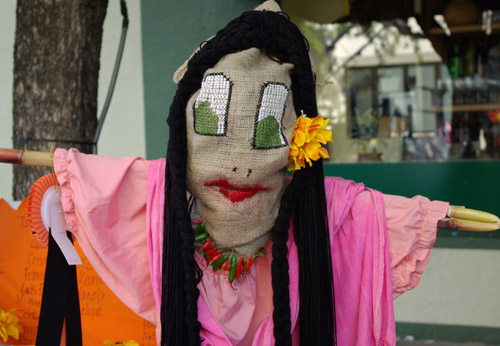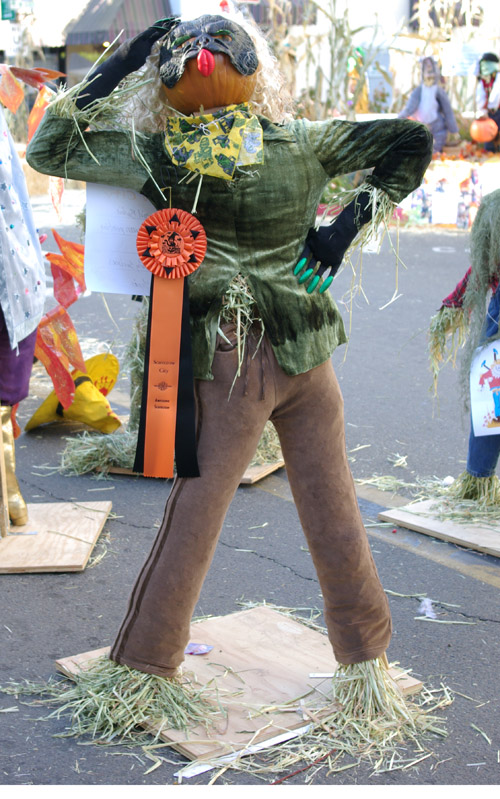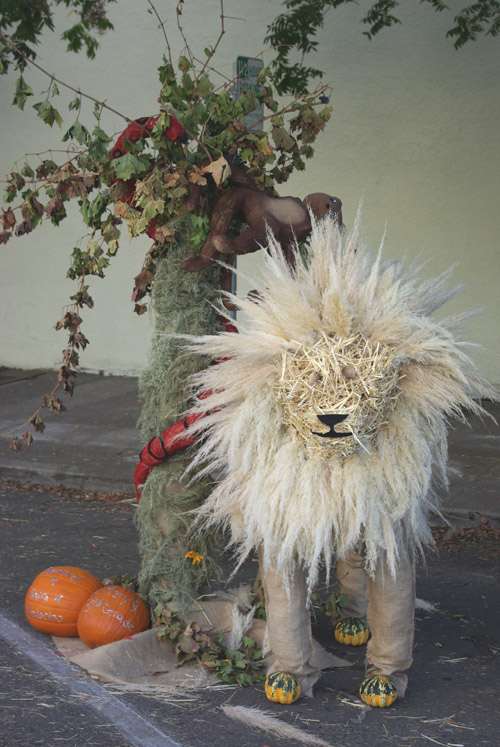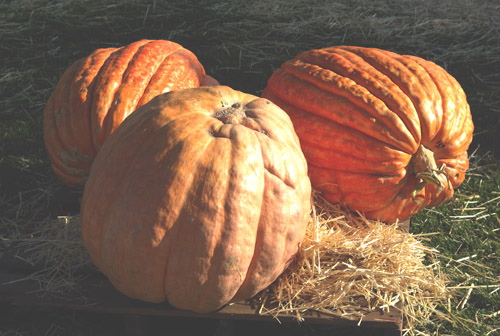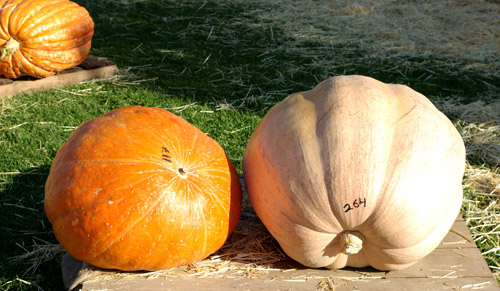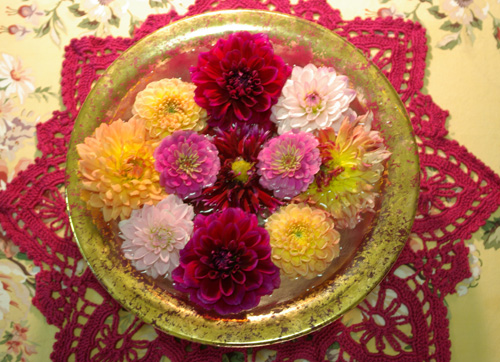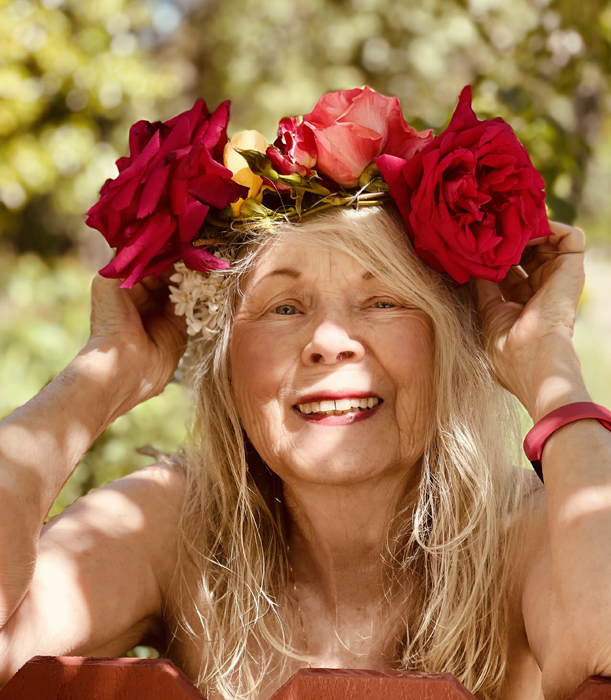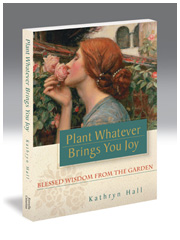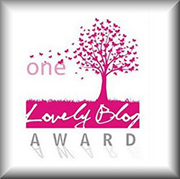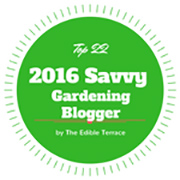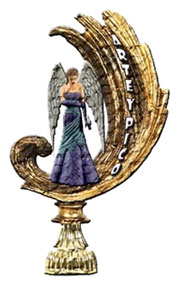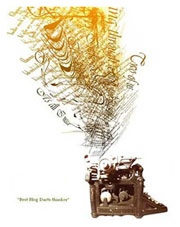I don’t know about you but right about this time of year I’m thinking deep cleaning. I’m thinking company is coming for the holidays. I’m thinking about how much longer I can count on warm fall days, for, say, drying curtains and rugs or blankets in the sun. Not much longer, that’s for sure. So I am being certain to capitalize on this time so I don’t miss the gifts of the moment. This is that time of year when I’m eyeing the shed and mentally taking stock of decorations packed away in boxes. I’m haunting home decor shops looking for that oh-so-special tablecloth and the perfect candles for the dining room table that will grace us with their presence setting the tone for the beauty and harmony I always aim to create. I’m taking a closer look at areas that might have gotten the “lick and a promise” as I hurried to complete tasks so that I could get to others. And with this deep renewal I quite naturally reach for a longtime favorite book, which has guided my actions to some extent or other for several years now, and that would be Karen Kingston’s classic book Creating Sacred Space with Feng Shui. I have relied on this book for years, and imagine I will continue to do so, as it is such a rich resource and reminder that I will never tire of rereading and continuing to integrate the lessons into my daily life. The girl knows her stuff.
I think one of the reasons I immediately resonated with Karen’s writings is that she was energy sensitive. To have developed one’s energy sensitivity gives one a distinct leg up in getting a grip on one’s environment. The subtitle of Karen’s book leads the way: Learn the Art of Space Clearing and Bring New Energy into Your Life. I can distinctly testify that if one learns the art of clearing out the old outdated no-longer-relevant energies in one’s life, a way is opened for the new, the pertinent, and your life will change. I promise.
What I find particularly fun in feng shui is the concept of the bagua, kind of a map one superimposes in one’s mind over one’s living space,using whatever door you use as the front door as a starting and reference point. Here’s a bagua:
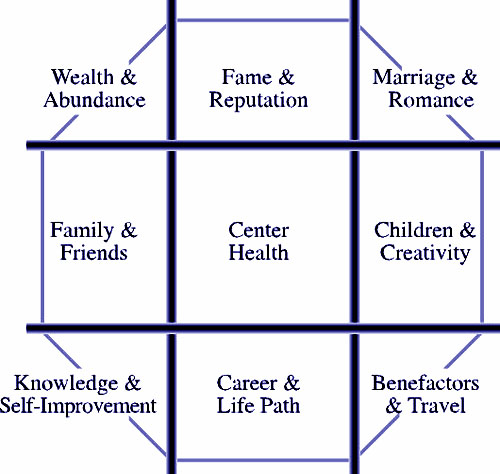
So, standing at the front door (i.e., the door you use to come and go–are you listening?) put this “map” in front of you and then use your imagination to superimpose the bagua over your house. Do you see where the rooms would fall? Now look at the qualities ascribed to that room.
Now here’s the thing. Your mind could easily be saying right about now, “Uh, I don’t believe in this stuff.” And that’s OK. You don’t need to. What I can tell you is this–just pretend you do. Then engage in the process. And see where it takes you. What if the far back left hand corner really does affect your good fortune? I’m inviting you to suspend judgment on the system and Play the Game and see what happens. I’ll tell you what happens to me: I start caring about what is in all those areas. I might put a plant in the far back left hand corner. Or a crystal. Or something that speaks to life. Something beautiful. And so it goes. Room by room.
One of the things I learned early reading this book was the importance of the front yard. I fully integrated in my mind that the front yard is the place where I interface with the community, with the world at large. How am I presenting myself? How available am I? Could I be found, maybe not literally, but energetically? Are there branches blocking the flow? Is there a clear path to my door? Is it inviting?
One of my favorite questions to ask when I’m engaged in a clearing out process was given to me by a girlfriend, Brenda, who was learning about feng shui as well. I never forget it. “Would you buy it in a store today?” Wow. While it’s OK to hang on to things from our past that have sentimental value, does your wardrobe, for example, represent who you are NOW? Because a good part of feng shui is getting current and being current.
Another aspect of “being current” is to be sure that all repairs are completed in your house. Also, try to develop your consciousness to be attuned to those annoying little things that are energy wasters or energy annoyers, like doors that don’t quite close properly, or keys that you must always look for. Or dog water dishes that are too small and thus need filling more often than you’d like. (Yes, I did that.) Streamline, streamline! Ask, “Is this flowing?” If not, take the time to make the adjustment. All those old adages have value. A place for everything and everything in its place. Cleanliness is next to Godliness. It’s true!
Karen offers this perspective about feng shui: “Feng Shui offers hope. It offers the means to reconnect and bring the sacredness into our lives.” What a worthy endeavor, and what better time than now?
Love and blessings,
Kathryn xoxo
Posted on October 26th, 2008 by Kathryn
Filed under: Book Notes | 16 Comments »


